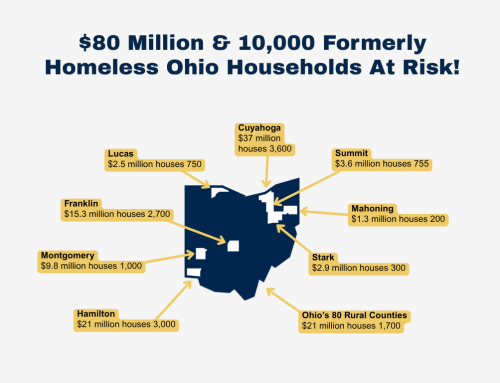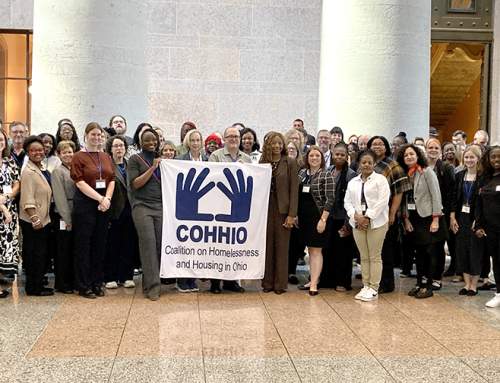At the close of a tumultuous year, Ohioans have reason to be thankful: we are finally seeing significant progress in the fight against homelessness in Ohio.
Over the past five years, Ohio has made significant reductions in homelessness; from 2011 to 2016 the total rate of homelessness dropped 20.2 percent. Homelessness has decreased even more substantially in some communities and among certain populations, like homeless veterans and those that have been chronically homeless.
Progress in the fight against homelessness in Ohio has occurred because of a combination of the state working together with organizations on the front lines in local communities, while employing best practices and increased federal resources. The state supports local homeless providers through the Ohio Housing Trust Fund – the primary source of state funding for homeless and affordable housing services.
Ohio’s decreasing homeless population is largely the result of these three key factors:
- Widespread implementation of more effective strategies for preventing homelessness and permanently housing people who have become homeless;
- Improved coordination and collaboration among the many federal, state and local agencies that provide homeless services, which enables them to use resources more effectively, and;
- A modest increase in federal funding for homeless services, particularly for veterans and chronically homeless people.
Veteran homelessness, a priority in the national push to end homelessness, has decreased by 27 percent in Ohio since 2011, although some parts of the state have achieved much larger reductions. In fact, officials in Dayton recently declared a functional end to veteran homelessness, meaning local agencies now have a system in place to prevent veterans from becoming homeless when possible and to quickly house veterans who wind up homeless. Several more local jurisdictions are expected to declare “functional zero” for veteran homelessness in 2017.
Ohio has also dramatically reduced the number of chronically homeless individuals – people who have experienced long-term and/or multiple periods of homelessness. Between 2011 and 2016 the rate of chronic homelessness in Ohio fell by 61 percent.
Chronic homelessness decreased even more in some parts of the state, like Cincinnati, which experienced an 89 percent decline and Toledo, where the rate fell 85 percent over the last five years. It’s worth noting that chronically homeless individuals typically struggle with severe mental illness, substance abuse and/or other disabilities, making them the most challenging population to house.
There’s also good news in the decreasing number of families experiencing homelessness, which decreased by 34 percent in Ohio between 2011 and 2016.
Decades of experience responding to homelessness have shown us the best ways to address this crisis; agencies have learned how to intervene quickly before families lose their homes and how to keep individuals with severe disabilities housed. Local providers are now working together, measuring their performance, and honing their strategies.
While Ohio is making progress in the fight against homelessness, levels of federal funding for homeless services is in doubt as the new administration enters the White House in 2017. We’ll need state leaders to step up to make sure we don’t lose ground on the fight against homelessness in Ohio. That’s why we’re calling for a modest expansion of the Ohio Housing Trust Fund, which has not seen an increase since 2003.
While fewer Ohioans spent Christmas on the streets or in emergency shelters this year, state policymakers have the ability to make sure more Ohioans are home for the holidays in 2017 by expanding the Ohio Housing Trust Fund in next year’s state budget.
More Information:







